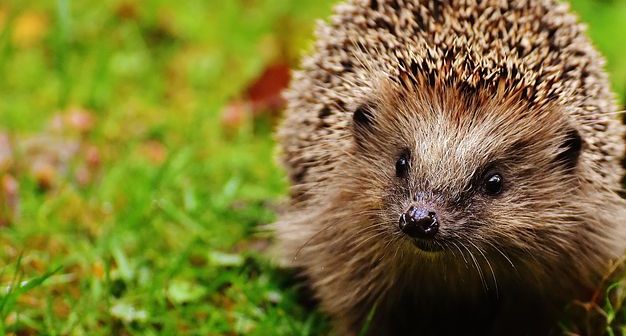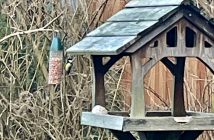Hot on the heels of us taking part in the RSPB’s Big Garden Birdwatch, comes a great guest post giving top tips for attracting more wildlife into your garden.
From hedgehog refuges to bird feeders and insect hangouts, here are seven ways you can tweak your outside space to welcome more creatures…
7 easy ways to attract more birds and wildlife
Tip #1 – Feed and house the birds


It’s coming up to nesting season for UK birds, so now is a good time to put up homes for our feathered friends and their offspring. Bird boxes are usually best put up in autumn, but it’s never too early or too late to offer shelter.
The same goes for feeders. They are most important in winter when natural food sources are scarce, but it never hurts to have a backup supply of protein-rich seeds, nuts and mealworms available for them in case the local reserves run low. Try to get squirrel-proof feeders if you can. These generally have a metal cage around that only small birds can get through.
For the best show, you can position your feed near your birdhouse and watch them flying back and forth.
Tip #2 – Make an insect home
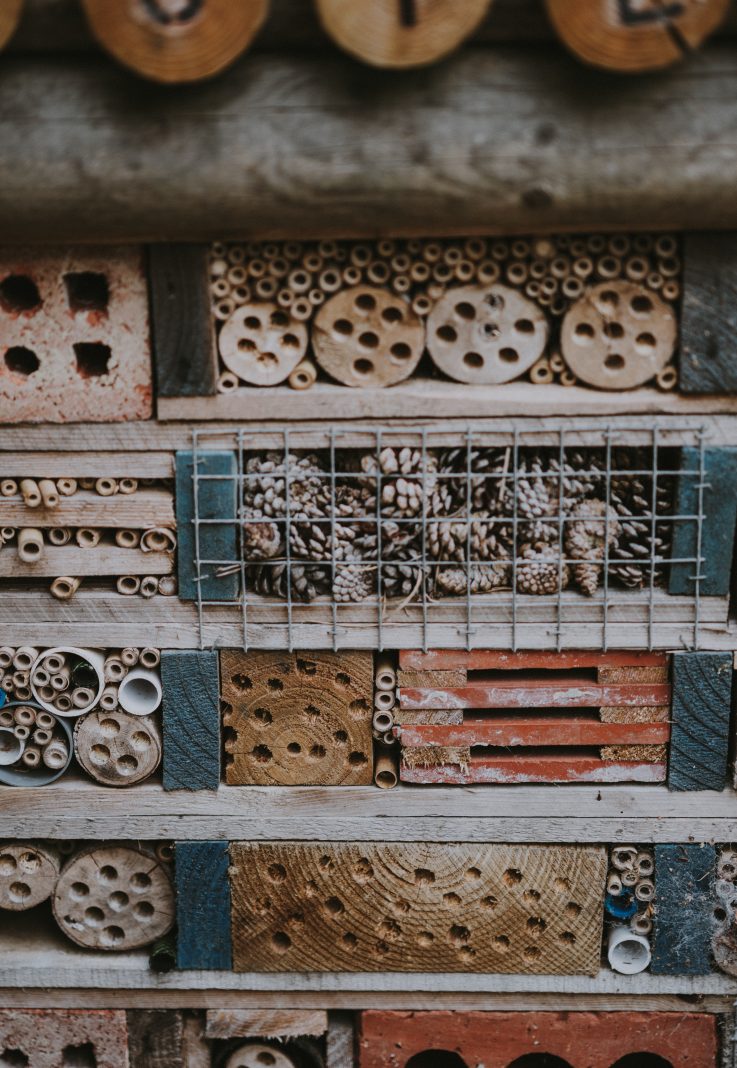
You can buy ready-made insect houses that are similar to bird boxes in shape and have loads of hidey-holes inside for little bugs to get into. However, you can also make one yourself. Garden refuse is a great, natural way to make an insect house – and it’s generally natural material that they gravitate to.
So, get your sticks, old bits of wood, broken plant pots, bark and more, then pile it all up under a tree or at the base of a bush. They’ll create a shady, damp area with plenty of spaces for the crawlies to creep into.
Tip #3 – Make a rocky spot for wildlife
Stacks of rocks are another space where small creatures love to hide. They’re cool and dark and often trap moisture underneath – the ideal environment for a lot of insects and mini beasts.
These kinds of spaces are simple to put together, just stack some rocks, bricks or stones up in a pile by a fence or near some quiet bushes and let the little creatures find their way.
Tip #4 – Try wilding your garden

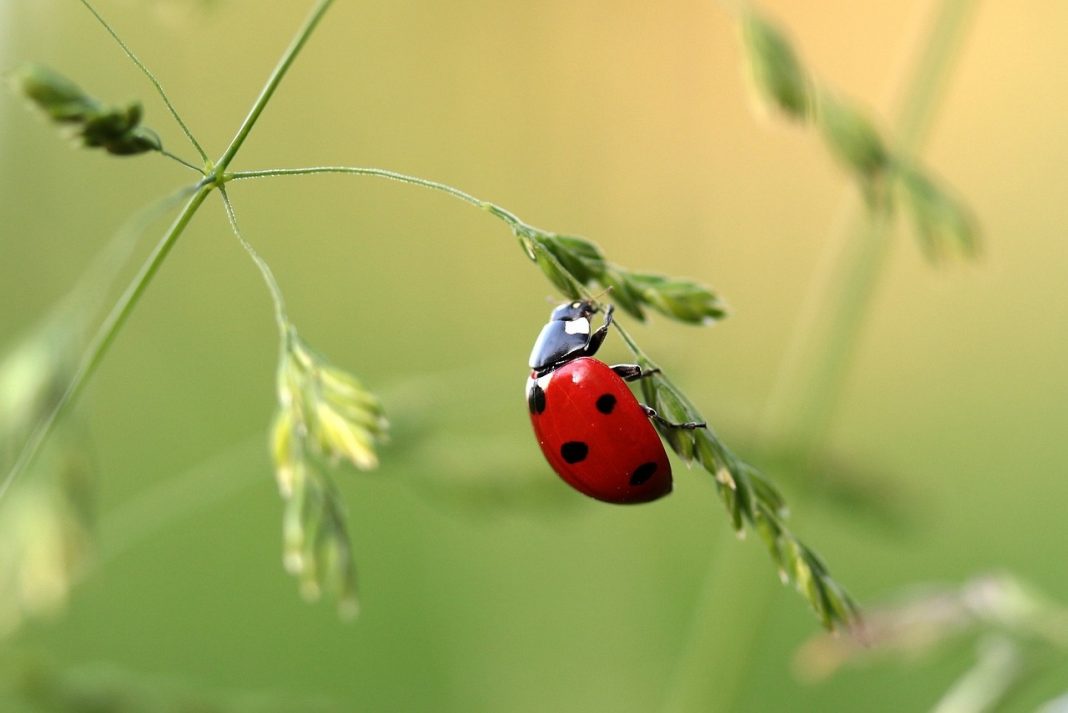
Wilding simply means letting the grass grow tall, leaving the weeds alone and planting wildflower seeds. Combined, these create a wild area where pollinators, insects, hedgehogs, and all manner of bugs will be able to hide.
You don’t have to let your whole garden go wild, you can just choose one border or a patch of grass. Similarly, you could also add more nature-friendly plants and shrubs to your space. Certain trees, like the crab apple, are great for a wide variety of creatures and can provide year-round wildlife support.
Other plants that your new garden friends will like include:
- Lavender, campanula, hardy geraniums for bees
- Buddleia, sedum, marjoram for butterflies.
- Sunflowers, honeysuckle, hibiscus for birds.
Tip #5 – Offer birds a drink
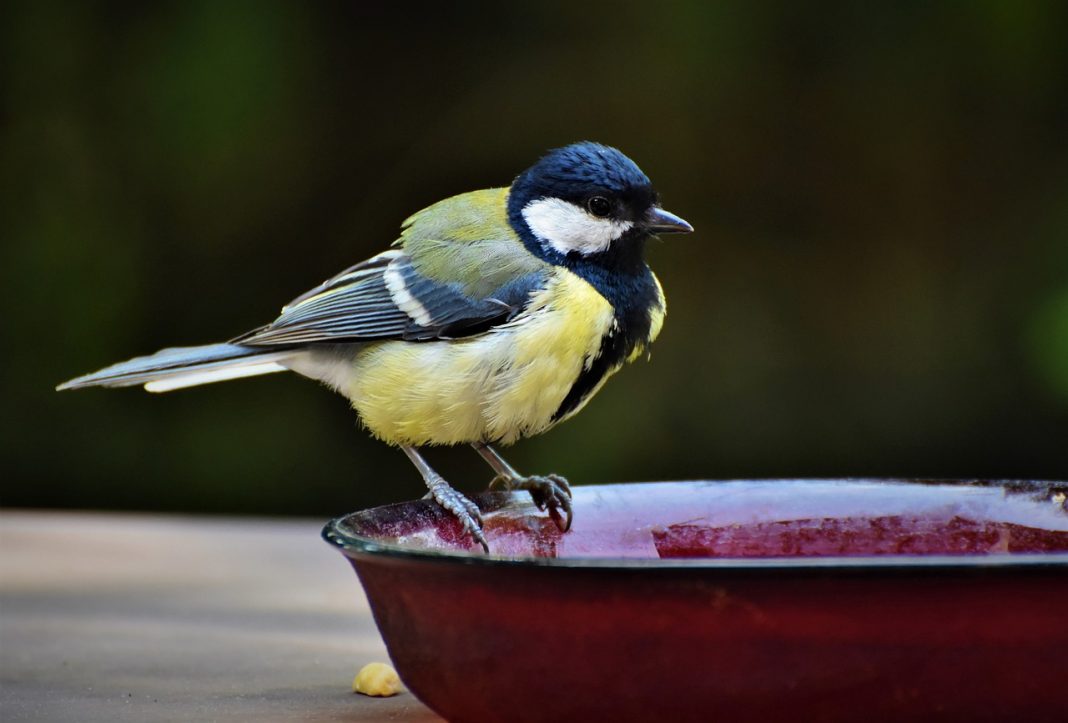
Water is essential for birds (and other wildlife), but clean sources can be hard to come by. Invest in a birdbath and refresh the water every couple of days to keep them watered and clean.
If you have a regular cat or dog visitor to your outside space, then a tall one or one that hangs is a better option. However, birds do prefer them at ground level for easy access.
One DIY birdbath option is to create a small dip (not too deep) in the ground, line it with something waterproof and fill it with clean water. Add stones and sticks in and around it for easy access. You could even use an old frying pan or shallow serving bowl!
Tip #6 – Welcome the watery wildlife too
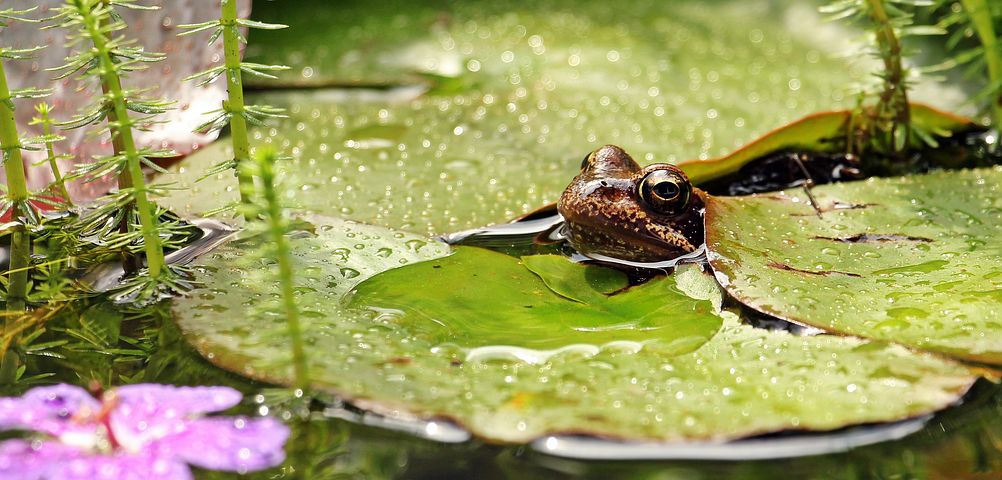
There’s something so cool about having frogs and fish in your garden; they’re so fascinating to watch. They’re easy to attract with a pond. This doesn’t have to be a hugely expensive undertaking; old bathtubs and large buckets, even a big hole and some pond liner will do:
- Choose a semi-sunny space (creatures like to rest in the shade too)
- Dig the right size hole
- Line it with the bath, bucket or material
- Fill in or decorate around it
- Add the water and some stones to help anything that falls in, get out.
Once that’s all done you can add water lilies and other aquatic plants like oxygenating watercress to keep the environment from stagnating. Most importantly, you can add some fish and any frogs or frogspawn. Then just sit back and see what other wildlife comes to visit.
Tip #7 – Start composting
People often worry that compost heaps can attract unwelcome creatures like rats, but if done correctly with a purpose-built composter or with mesh lining the bottom of your bin, it’s less likely.
All you need to do to create your compost and welcome in the worms, beetles and insects is fill your composter with:
- Garden waste (grass clippings, leaves and tree cuttings)
- Uncooked vegetable and fruit peelings
- Other food waste like eggshells and teabags
- Some cardboard
These will all rot down and provide valuable nutrients to critters before you use it in your garden to support your plants.
Seeing nature come alive in your garden is a wonderful sight to see, and it offers many valuable learning opportunities for your family too. So why not try a few of these easy adaptions and see what wildlife comes to say hello?
Debbie is an experienced writer currently working for Affinity Agency in Norfolk, UK. Her main goal is to help others learn, develop and have fun through well-researched and informative content.
—–
And for something a bit different…
Enriching the garden with pheasant chicks
You can enhance the diversity of wildlife in your garden by considering the introduction of pheasant chicks. Creating a welcoming environment for these charming birds adds a delightful dimension to your garden’s ecosystem. While not known for prolific egg-laying like some birds, the presence of pheasant chicks contributes to a lively and balanced outdoor space. Incorporating considerations for pheasant chicks alongside other wildlife-friendly practices ensures a harmonious coexistence in your garden habitat.
